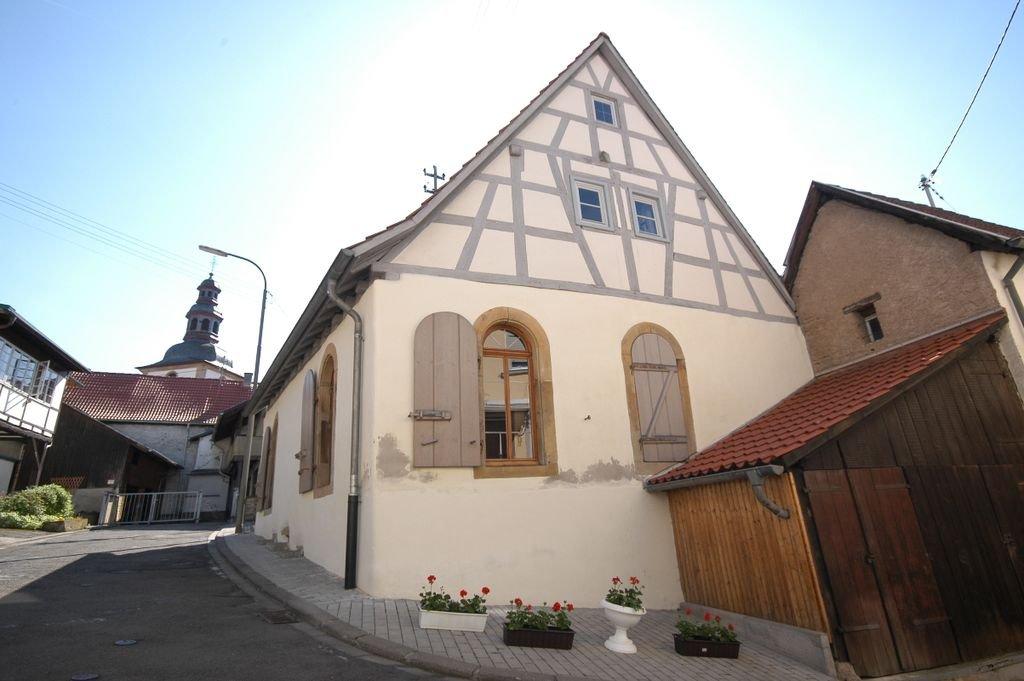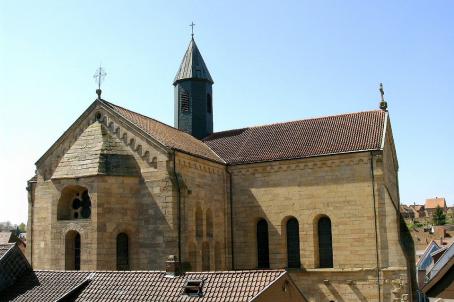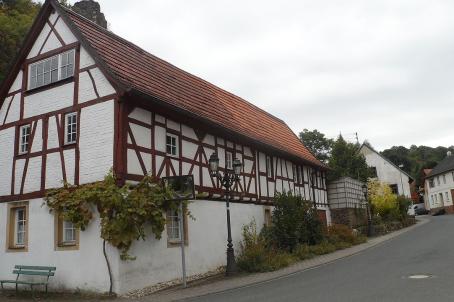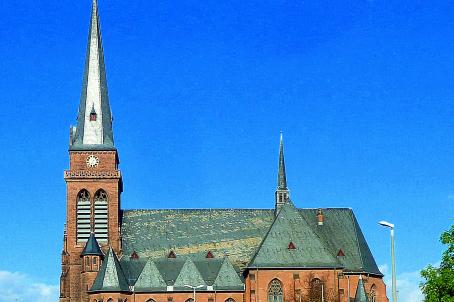Synagogue in Odenbach
The Synagogue in Odenbach is an Ashkenazi synagogue completed in 1752. The synagogue was last restored between 1990 and 1996. In use until 1938, this half-timbered synagogue now serves as a cultural centre.
About this building
For more information visit on this building visit http://historicsynagogueseurope.org/browser.php?mode=set&id=25836






